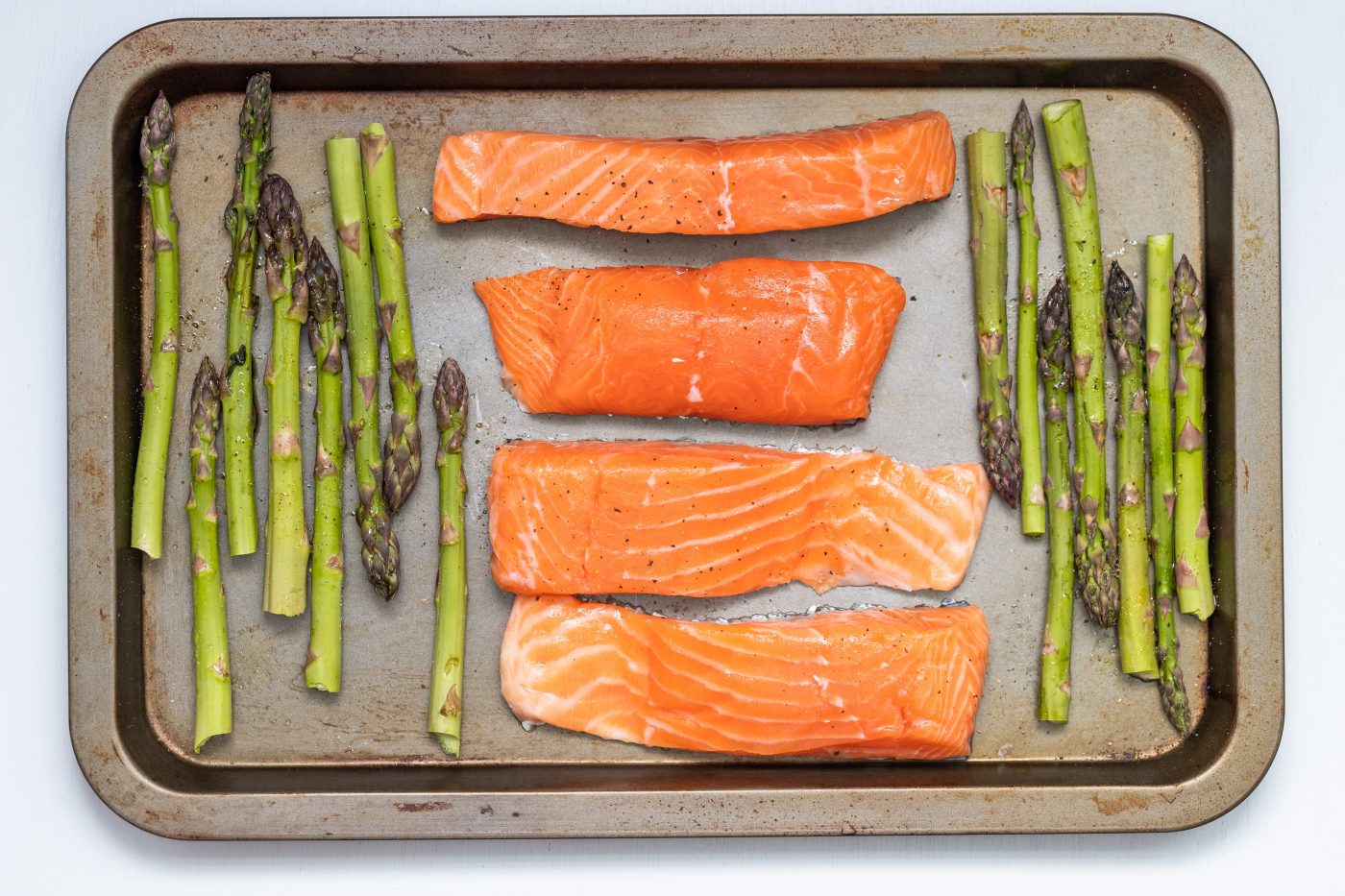Could Optimal Vitamin D Levels Improve Overall Athletic Performance?

OVERVIEW
A study presented in the American Orthopaedic Society for Sports Medicine conference suggests that low vitamin D levels may increase likelihood of muscle injuries in athletes.
Among the 89 NFL players who were evaluated in this study, 27 suffered from a vitamin D deficiency and 16 of those with deficiency also suffered from a muscle injury.
Though the study does not show a cause effect outcome, this research indicates that vitamin D plays an important role in the endurance athlete.
Vitamin D is responsible for regulating more than 1,000 human genes and almost every cell in the body has a receptor for vitamin D.
Those athletes who are at greatest risk for vitamin D deficiency include those who:
- live in northern latitudes (above Atlanta, GA)
- use sunscreen consistently
- keep most of their skin covered
- have darker skin
- suffer from fat malabsorption problems as those with crohn’s or celiac disease
Further more, vitamin D deficiency has been shown to increase risk for a whole slew of dilemmas including:
- cancer
- heart disease
- diabetes
- depression
- autoimmune diseases
- hypertension
- obesity
- gum disease
- chronic pain
- muscle wasting
- inflammation
- osteoporosis
ATHLETE-SPECIFIC CONCERNS FOR LOW VITAMIN D LEVELS

1.) Bone Health:
Vitamin D is a bone regulator.
It helps the intestines absorb more calcium from our food, and it also helps our kidneys hang on to calcium.
In 2008 Deena Kastor suffered a bone fracture during her marathon race in the Beijing Olympics. Even though she lives in sunny California, it’s no surprise that her vitamin D levels were low (15ng/ml) due to her persistent use of sunscreen after a bout with skin cancer.
Stress fractures are quite prevalent in runners and yet so preventable!
2.) Increased V02 Max
Serum vitamin has been shown to be positively associated with cardio respiratory fitness in healthy adults.
Back in the 1950s, German research studies noted that athletes exposed to vitamin D producing ultra violet light had improved athletic performance.
Low serum vitamin D levels can cause myocardial hypertrophy (which limits how efficient your heart can work) , increased blood pressure, and endothelial dysfunction.
Consequently, low 25(OH)D levels may decrease cardiac output and increase peripheral vessel resistance which could decrease VO2max.
Athletes who are already vitamin D deficient can potentially improve their athletic performance just by bringing their serum levels up to a normal range.
3.) Reduced Inflammation:
Athletes can experience inflammation after intense exercise due to an increase of pro-inflammatory cytokines.
Vitamin D can reduce the production of these cytokines and increase the production of anti-inflammatory cytokines which should theoretically speed your recovery process between harder workouts.
4.) Muscle Health
Muscle pain and weakness is one of the prominent signs of a vitamin D deficiency.
Studies have shown that vitamin D supplementation in deficient individuals increased muscle strength when compared to placebo.
Skeletal muscle contains a receptor for vitamin D so if an athletes level is already low (as seen in the study mentioned in the first paragraph) this could lead to muscular injury and inhibit performance.
SO HOW MUCH VITAMIN D DO I NEED?

According to the Food and Nutrition Board, the current RDA for vitamin D is 600IU (international units)/day for men and women aged 19-70 years.
Many researchers feel this value is too low, however, stating that for proper functioning a healthy human body utilizes around 3,000-5,000 IU/day.
This indicates that current recommendations are too low and optimal intakes should be as high as 5,000 IU/day in the absence of proper sun exposure.
FOOD SOURCES of VITAMIN D.

There are not many naturally occurring foods that contain vitamin D. The flesh of fatty fish (salmon, tuna, mackerel) will contain the best sources of dietary vitamin D.
Salmon, 3oz cooked—>1,360 IUs
Tuna fish canned in water, 3oz—>154 IUs
Orange Juice fortified with vitamin D, 1 cup—>137 IUs
Yogurt heavily fortified with vitamin D—> 88 IUs
WHAT CAN BE DONE?
There are a number of things you can do to prevent or decrease your risk of experiencing a vitamin D deficiency.
1.) Have your 25(OH)D levels checked regularly and supplement as needed. Ideally for good health your levels should be in the range of 50-70nmol/L OR > 20ng/mL (depending on which measure is used).
2.) Check for total 25(OH)D and 1,25(OH)D to get a full picture on how well vitamin D is utilized and converted in your body.
3.) Get 5-30 minutes of sun exposure to your face, arms, legs, or back between the hours of 10am and 3pm at least twice per week. Note that sunscreen and glass windows can block the UV energy which converts vitamin D in your skin to the active hormone form!
4.) Supplement with 1000 IU to 2000 IU of Vitamin D3 to if your levels are mildly deficient. If you are more deficient your doctor may need to prescribe more. For those living and competing in northern latitudes, insufficient vitamin D production will occur so consumption of fortified foods and supplements will be necessary.
CONCLUSION
How good an athlete you will be depends on your innate ability, training and dedication. However, to train optimally an athlete should not have any nutrient deficiencies.
The next time you head to your doctor’s office have them check your baseline vitamin D levels while also having them periodically checked, especially during winter versus summer months.
Get regular sunlight exposure when you can and supplement as needed when your sunlight exposure is limited.
Vitamin D supplementation should be done under the guidance of a knowledgeable physician and registered dietitian.
If you’re a woman looking to super-charge your health, then I’ve got you covered! To learn more about my 12 week all-inclusive programs, get started here!
